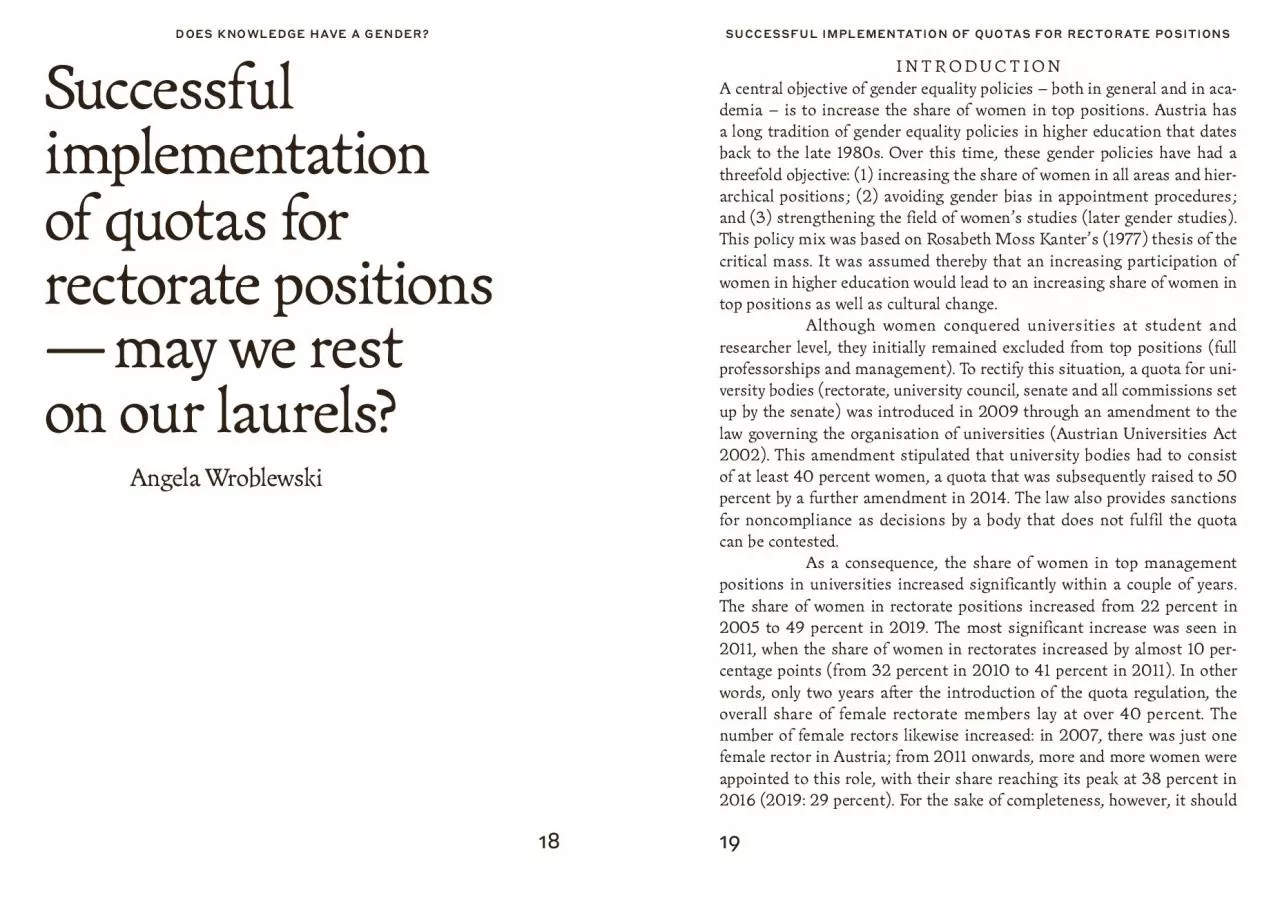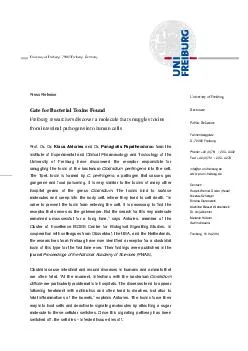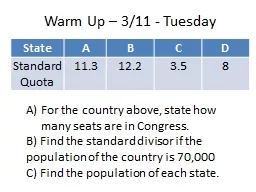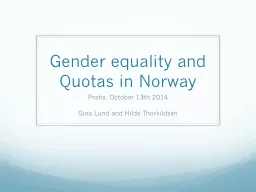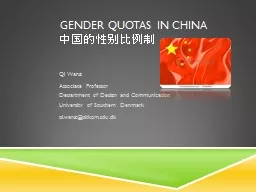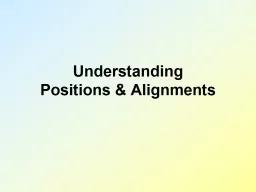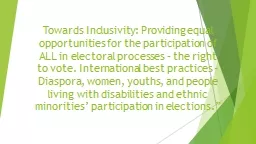PDF-Successful implementation of quotas for rectorate positions may we res
Author : elyana | Published Date : 2021-07-07
25272526 SUCCESSFUL IMPLEMENTATION OF QUOTAS FOR RECTORATE POSITIONS DOES KNOWLEDGE HAVE A GENDER 23242325 be noted that the increase in the share of women among
Presentation Embed Code
Download Presentation
Download Presentation The PPT/PDF document "Successful implementation of quotas for ..." is the property of its rightful owner. Permission is granted to download and print the materials on this website for personal, non-commercial use only, and to display it on your personal computer provided you do not modify the materials and that you retain all copyright notices contained in the materials. By downloading content from our website, you accept the terms of this agreement.
Successful implementation of quotas for rectorate positions may we res: Transcript
Download Rules Of Document
"Successful implementation of quotas for rectorate positions may we res"The content belongs to its owner. You may download and print it for personal use, without modification, and keep all copyright notices. By downloading, you agree to these terms.
Related Documents

